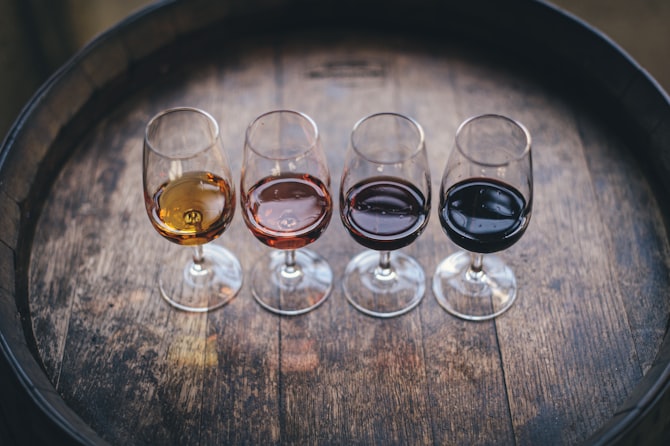This week I am in the southern parts of the Rhone valley in France, at the Domaine Duseigneur in Lirac. After a recent interview, I was kindly invited by the owner Bernard Duseigneur,to participate in a harvest. Last night, before the first day in the fields, I must admit to being nervous. Harvesting is hard work and nothing these pale, soft office hands have attempted before. Now, at the completion of a long day, I can’t wait to get back out there and start anew.
The 2012 vintage seems like it will be a good one in the southern Rhone, as well as in Languedoc where I was a few days ago. They had a very dry summer and were getting nervous as the vines were beginning to suffer and shut down, but rains in August improved conditions considerably and the grapes are ripening nicely with minimal damage and good sugar levels. Syrah will do well over the board, grenache might be a bit more uneven depending on the exposure of the plots. The crop size will be smaller than average and the harvest is expected to run quite late.
Today however, I got to see the kind of vines and grapes they never brag about or put in brochures. The plots we were harvesting were taken over by Bernard a few months ago, after laying dormant for years. The vines were badly kept and the soil was dry, cracked and dead from the chemical treatments of long-term conventional farming. Stefan, who is in charge of the vineyards, explained that they are now converting the plots to organic viticulture. The process takes a few years, and in the meanwhile, the grapes will only be used to produce table wine. Hopefully by the time the organic conversion is completed, the roots of the vines will have started moving deeper down to find their water (as wild weeds are now allowed to compete for surface moisture) and the soil will have regained its microbial life. Healthier vines will in turn have better resistance to diseases.
This year, many of the vines with their superficial roots suffered from the drought and gave us raisins rather than grapes. Leaves had dried out and dropped off, leaving the grapes too exposed to the heat of the sun. Other vines and grape clusters were heavily affected by oidium (or powdery mildew, to which carignan succumbs easily, and unhealthy carignan even more so). Some had been eaten by grape catepillars. In the winery, Stefan had to add a bit more sufur to the grapes than he usually does (Duseigneur strives for minimal sulfur in their wines) to make sure the wine will be stable. The more “natural” you want the wine to be, the better the grapes have to be. Out of the three plots, one was nearly useless because of the powdery mildew, while the others fared a bit better. It will be interesting to see how the vineyards shape up in the coming years. If the vines end up looking like they do in Duseigneur’s other vineyards - full of health, vigor and beautiful grape clusters - then I will be even more of an organic convert than I am already.
Later in the week we are expecting some of the grape varieties in the Lirac and Chateauneuf-du-Pape vineyards to ripen. Otherwise, stay tuned for an update next week. Or jump on a plane to join us - it is a singularly educative and interesting experience which gives a whole new comprehension and appreciation for the challenges faced by a winemaker!
Av: Erica Landin











